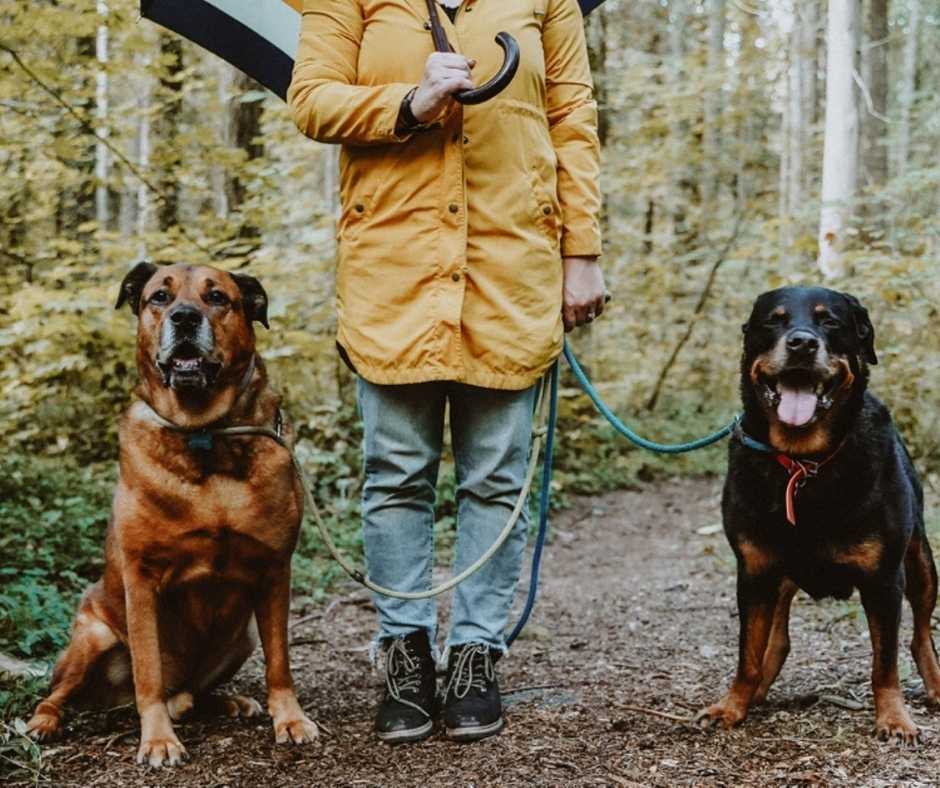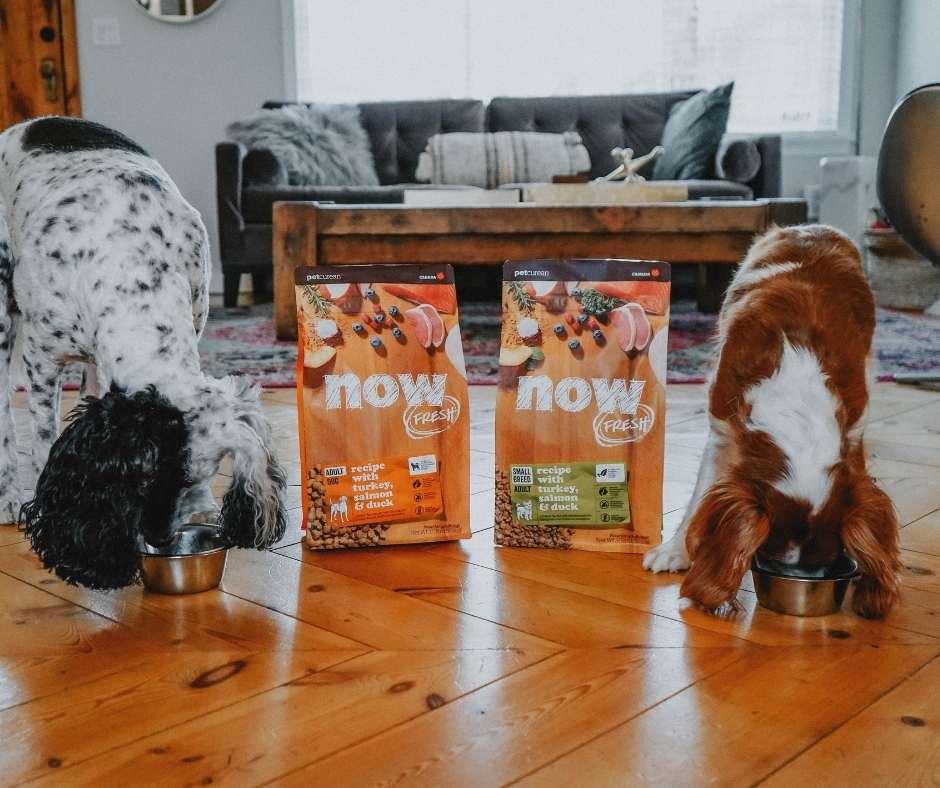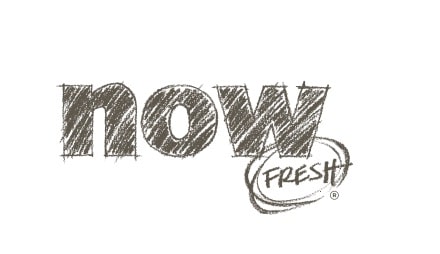This is a featured guest article from NOW FRESH. Their idea is simple - pets deserve food that is made with the same love, care, and thoughtfulness as we put into preparing meals for the human members of our families.
Author: The NOW FRESH Team
Dogs bring so much to our lives; they’re the ultimate companions which help reduce our feelings of depression, anxiety and loneliness, and can even teach us as kids how to be more compassionate and cope better with stress as we grow up.
Is having two dogs better than one?
In many cases, the answer can be an emphatic YES! But make sure to do your homework to make the right decision for your entire family, humans and pets included.
Start by thinking about some basic questions:
- Do you have enough space for a second dog?
- Do you have the time, patience and energy to invest in training a second dog?
- Can you afford the extra cost of things like additional food, veterinary care, pet sitters and more?
It’s also important to think about what’s best for your current furry friend - they’ve likely gotten very comfortable being the only pup around the house, so plan ahead to help ensure a smooth transition.
How will your existing dog react?
It’s usually best to wait until your current dog is at least 12 months old and considered an adult. At that age, they’ll feel more confident about their established role and are less likely to feel threatened by a new addition to the family. It’s also a good idea to wait until they are fully trained, particularly when it comes to good bathroom habits. That way, your current dog can help teach your new pup good habits.
Younger dogs can often encourage older, less active dogs to get up and play – but this isn’t a hard and fast rule. For example, if your current dog is a senior citizen or has health challenges, they may find the antics of a much younger dog difficult to deal with. The best way to successfully integrate a second dog is to ensure they can easily adapt to the needs of the pup who lived there first.
 First Impressions Matter
First Impressions Matter
Your first dog may consider that your home already belongs to them, so when a second pup enters their turf, it can lead to territorial issues if you don’t introduce them properly.
Start by creating an equal playing field that is free of toys, blankets or food bowls. You may even want to make the introduction somewhere outdoors that is free of “home” smells entirely.
It’s best for both dogs to be on a leash when they meet; you should leave enough slack to let them get close and sniff each other, and keep the energy calm so they don’t get overexcited. After they get comfortable in a calm, controlled environment, you can remove the leash and let them continue getting to know each other on their own terms.
For the first few weeks (at least), it’s important to watch both dogs carefully to ensure they aren’t showing signs of aggression or stress. Examples may include raised fur, constant staring, or baring teeth. You’ll also want to ensure that YOU always remain calm around your dogs, especially at the beginning. Canines are keen observers, and if they sense you are stressed about what’s going on, it can lead to them acting out.
Setting Boundaries at Dinner Time
The food dish is one of the most important places to establish clear and consistent rules for each dog’s behavior. First off, it’s always best to avoid leaving food out all day. Besides the potential for overeating, dogs can also become territorial over the food dish if they feel they’re not getting their fair share.
To avoid this, each dog should get their own bowl, and it can be a good idea to place them on opposite sides of the room. It’s also a good idea to stick to a consistent schedule each day (at the same time as one another) to discourage any kind of competition.
Feeding in separate dishes is also a great way to make sure your dogs are eating the best recipe to suit the needs of their particular age, breed or size - especially if they both need something different. For example, puppies require higher levels of fat and protein to support their growth, while adults and senior dogs typically don’t. Using separate bowls is a simple way to keep each dog focussed on what they should be eating, and away from what they should not. If feeding your pups high-quality recipes that are tailored to their life stage and breed size is important to you, check out NOW FRESH’s collection of recipes for dogs.
As the alpha in your household, remember that you call the shots. Choosing to open your home to a second dog can be one of the best things you’ll ever do, including for your existing canine companion. But only if you approach the process with consideration and care.
By taking time to plan ahead and being patient along the way, you’ll be doing so much more than simply bringing home a second dog. You’ll also be doubling up on feelings of joy, laughter and cuddles for years to come.
For more information about good nutrition for puppies, visit www.NOWFRESH.com
Want to give Now Fresh a try? Purchase a bag from Chewy.com!
This is a featured guest article from NOW FRESH. Their idea is simple - pets deserve food that is made with the same love, care, and thoughtfulness as we put into preparing meals for the human members of our families.
Author: The NOW FRESH Team




